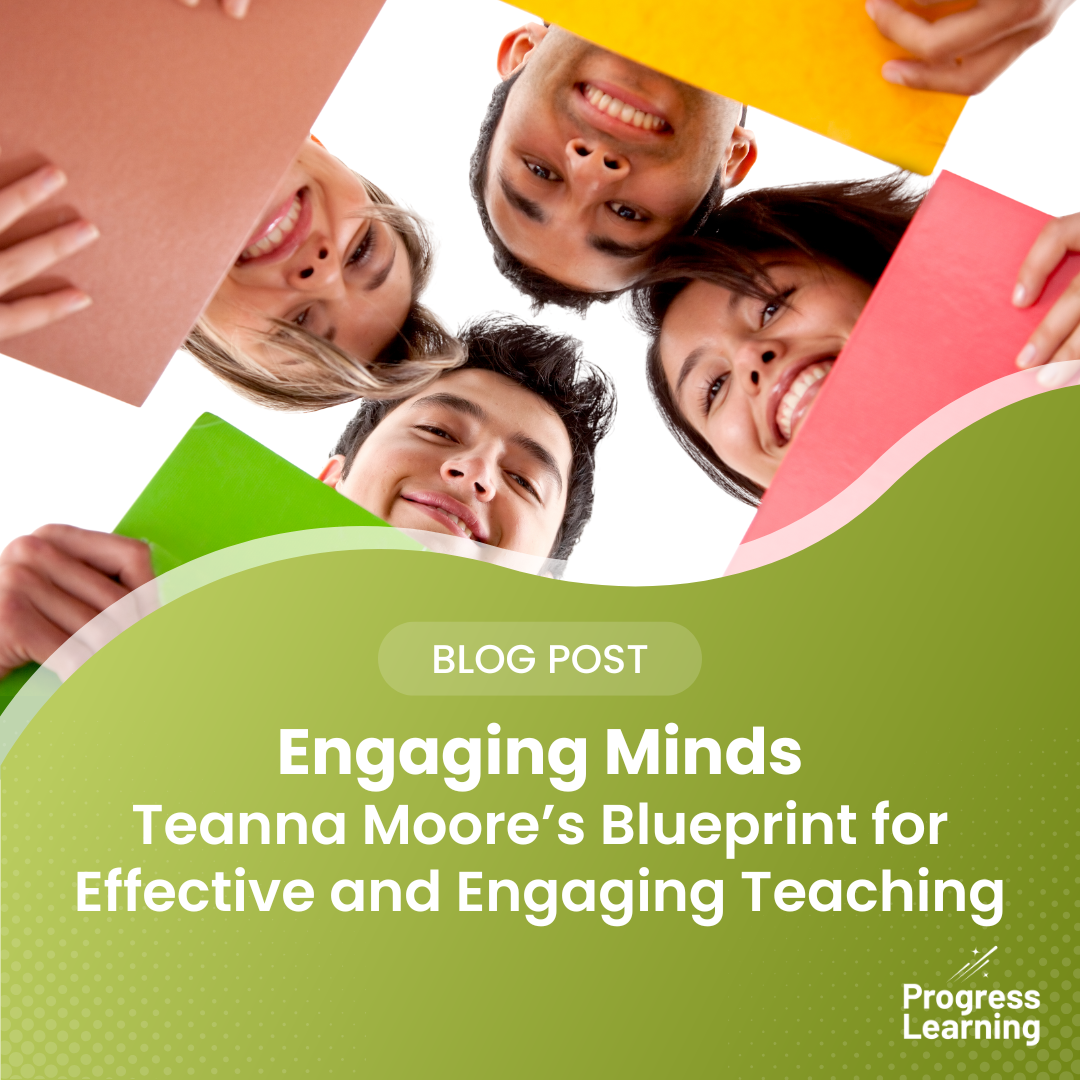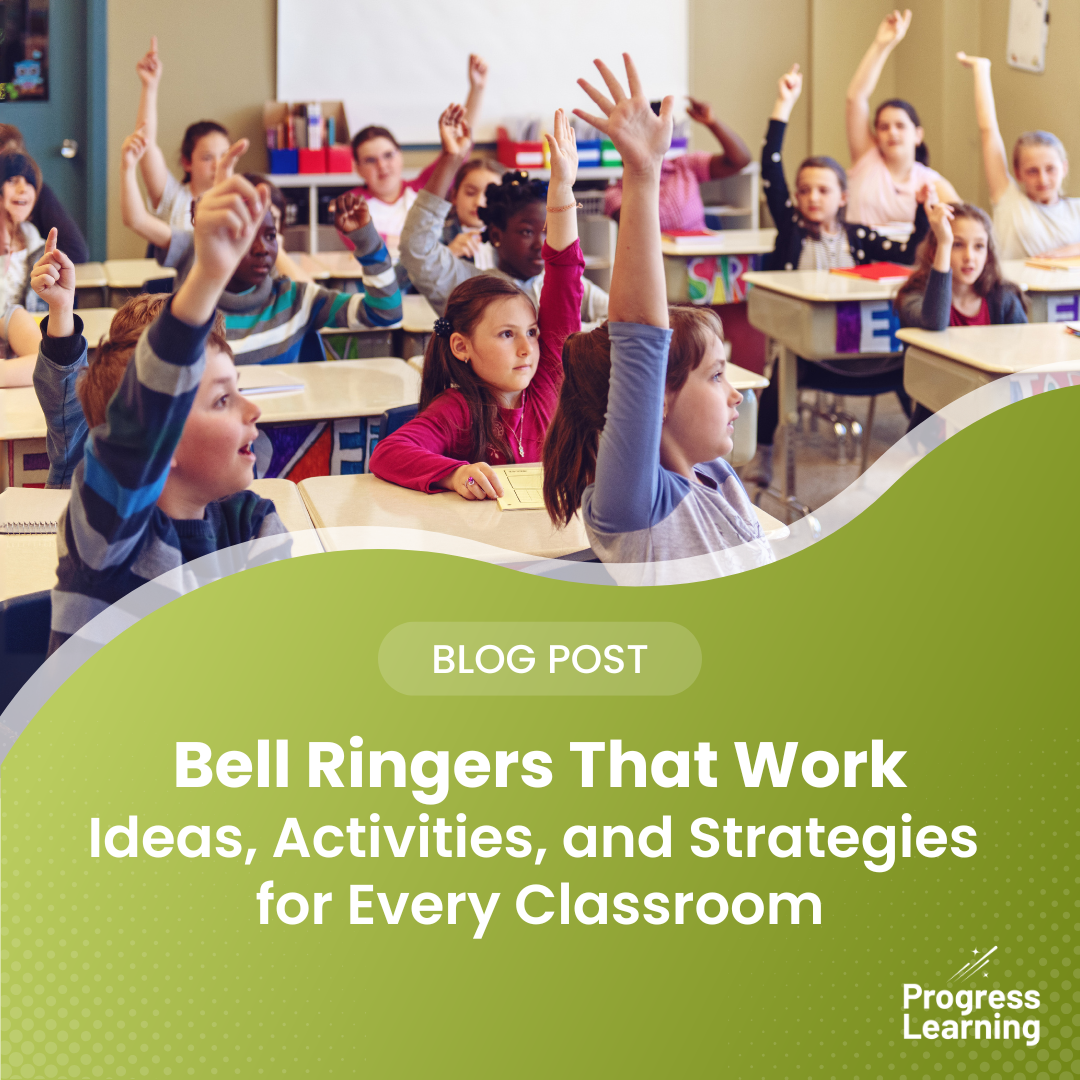How to Be Innovative in the Classroom: Bringing Curriculum to Life
Written by Dr. Sandra Markowitz, an experienced educator with 17 years in the field of Instructional Technology. Passionate about assistive technology, Universal Design for Learning, instructional strategies, and workflow solutions, Sandra brings innovative approaches to her teaching.
Innovation in education has evolved from being a luxury to becoming an essential component of effective teaching and learning. In a world where rapid technological advancements and shifting societal needs dominate, schools can no longer simply adapt to change-they must create it. However, innovation in education is often met with resistance.
Educators frequently cite obstacles like restrictive curricula, time constraints, insufficient funding, standardized testing, and inadequate professional development as barriers to implementing new ideas.
These challenges are real and significant, but they also underscore why innovation is not just desirable-it’s imperative. With external limitations shaping the education system, it becomes crucial to redefine what it means to innovate. The key lies not in bypassing these constraints but in working creatively within them. Innovation doesn’t require abandoning standards; it requires reimagining how they are met.
Teaching Within and Beyond the Curriculum
Curriculum often gets a bad reputation for being rigid and outdated. Many textbooks still in use today were developed years ago and may contain information that exceeds what the standards actually require. This overloading of material often leads educators to spend valuable time teaching content that doesn’t directly support the required learning outcomes. Rather than enriching the learning experience, these traditional resources can hinder it.
Educators should view the curriculum as a guide, not a script. Standards outline the “what” of education: the skills and knowledge students are expected to acquire. However, they rarely prescribe the “how”. This opens the door to flexibility and creativity. The challenge, then, is to design engaging, relevant learning experiences that align with the standards but transcend the limitations of static, one-size fits all materials.
Co-Constructing the Learning Experience
One innovative approach is to involve students in co-constructing their learning experiences. When educators prioritize the context and needs of their learners over rigid adherence to outdated guidelines, they empower students to take ownership of their educator.
Consider a curriculum requirement such as studying the water cycle. A traditional resource might suggest labeling a diagram or reading a textbook passage about evaporation, condensation, and precipitation. While this approach covers the basic content, it often fails to inspire curiosity or deeper understanding.
Instead, educators could engage students through interactive hands-on projects. For instance, students could create stop-motion videos to visually depict each stage of the water cycle, conduct experiments to measure evaporation rates under different conditions, or develop a public awareness campaign highlighting the importance of water conservation. These approaches not only make the content relevant and engaging but also integrate essential 21st century skills such as problem solving, communication, and collaboration.
By transforming a static topic into an active learning experience, students gain a richer, more memorable understanding of the subject while applying their knowledge in creative and meaningful ways.
Such activities embody the principles of Universal Design for Learning (UDL), which emphasizes multiple means of engagement, representation, action, and expression. By giving students voice and choice in how they demonstrate their understanding, educators foster an environment where students are creators, not just consumers, of knowledge.
Innovation Within the Box
The notion of “thinking outside the box” is often romanticized, but in education, working “inside the box” can be just as powerful. Constraints, whether they stem from curriculum standards or systemic challenges, are not necessarily barriers to innovation-they can be catalysts for it.
For example, educators can leverage existing resources in new ways or integrate technology to reimagine traditional practices. A worksheet, for instance, is not explicitly listed in the curriculum, yet it has become a staple of many classrooms. Similarly, innovation is not explicitly included in the curriculum, yet it can, and should be, woven into everyday teaching practices.
The Art of Bringing the Curriculum to Life
At its core, innovation in education is about finding new and better ways to teach and learn. It’s about using creativity and intention to design experiences that meet the needs of all learners. While innovation itself is not prescribed in the curriculum, neither are outdated practices like rote memorization or excessive reliance on worksheets.
Educators hold the power to bring the curriculum to life. This is where their artistry shines. A teacher’s ability to transform a static objective into an engaging, meaningful experience is what separates effective instruction from mere delivery of information.
A Call to Action
Innovation in education is no longer optional-it’s a necessity. The challenges educators face today are the very reason why innovation is essential. By shifting their perspective on curriculum and standards, educators can create learning environments that are not only aligned with educational outcomes but also relevant, engaging, and empowering for students.
It’s time for educators to embrace their role as change-makers. The curriculum provides the framework, but how it’s brought to life is entirely up to the educator. Will they rely on outdated practices, or will they choose to innovate? The answer lies not in external constraints but in the creativity and commitment of those who stand at the front of the classroom every day.
Innovation isn’t in the curriculum – but the choice to innovate is.
References
- Cast. (2002). Universal design for learning guidelines, version 2.2. Retrieved from https://www.cast.org
- Couros, G. (2015). The Innovator’s Mindset: Empower Learning, Unleash Talent, and Lead a Culture of Creativity. Dave Burgess Consulting, Inc.
- World Economic Forum. (2023). Future jobs report. Retrieved from https://www.weforum.org


